The Agro Women of Santa Barbara County
Five Life and Business Lessons from Our Female Farmers
By Ninette Paloma | Published July 2, 2020

In 1984, during the heart of the historic farm crisis that swept across much of the nation, it was impossible to turn on the television without witnessing the fallout of an industry brought to its knees seemingly overnight. Through a perfect storm of government policy, distressing weather conditions, and high interest rates, farmland value had dropped a monstrous 60 percent in some parts of the Midwest, while farm debt soared to over $215 billion.
Images of men with hats in their hands gazing over foreclosure signs flooded the networks. Journalists spoke grimly about the mental-health impact on male farmers, reporting on the spiraling number of suicides, homicides, and cases of domestic violence. The year had ushered in a grim portrait of America’s heartland, and U.S. farming as we once knew it seemed poised for a seismic shift.
Mushrooming out of the shadows of fiercely private communities, that change came in the form of the under-acknowledged female farmer. Once thought to play little more than a supportive role in the agro-industry, these women led the charge toward operational changes, implementing viable solutions that would effectively help to curtail a burgeoning crisis.
“Many farm women had experienced the first-hand implications of 1970s-style agriculture: the dangers of borrowing large amounts of money, the costs of purchasing expensive inputs, and the constant stress of being on this treadmill to ruin,” wrote author Mark Friedberger in Agricultural History: American Rural and Farm Women in Historical Perspective. “They knew this was no way to farm and they made sure their husbands knew it, too.”
Agricultural historians would call this era “the time of female transformation,” with farm communities adopting a more egalitarian approach to leadership that would reap tangible benefits in the decades to come. “Farm women and their allies brought a fresh impetus to the difficult task of working through problems previously addressed by males behind closed doors,” added Friedberger. “[They] had a decisive impact on power relationships on and off the farm, and also steered the farm community toward new attitudes about farming and the land.”
According to the United States Department of Agriculture’s latest census, women now make up 36 percent of all reported U.S. farmers — a 27 percent increase from 2012. California itself boasts a top-five position in the number of female producers, and in Santa Barbara County, that diversity adds up to an agricultural landscape as wide-ranging as the $1 billion-plus industry itself.
“Just take a look around our farmers’ market,” said Noey Turk of Yes Yes Nursery. “It’s probably the most diverse and balanced group of farmers you’ll ever encounter, with some of the most inspiring women I’ve ever met.”
Like Turk, many of these women have come from a storied lineage of agricultural producers, shifting with both literal and figurative climates to adapt to an ever-evolving market. Others, like Anna deLaski of Solminer vineyards, are newcomers lured in by the prospect of connecting to the land in a lasting and impactful way. And some, like Sara Rotman of Busy Bee’s Organics, turned to farming out of sheer necessity, cultivating medicinal plants to help alleviate severe ailments.
When the COVID-19 pandemic struck, Santa Barbara County’s agro women forged ahead, adjusting their approaches to reflect a fast-changing crisis much like their predecessors had done almost four decades earlier. Farmers with wildly diverse productions described similar challenges or sources of inspiration: agricultural teachings to help fuel the industry for generations to come. I asked them to offer up a little occupational wisdom, and their answers read more like life lessons than formulaic business advice. Both our initial conversations and current updates are included; an education in fluidity and inclusivity revealed between arduous chores and blossoming fields, and undeniably steeped in the female experience.
1. Make It a Family Affair
Remy Becker is carefully arranging tidy piles of fresh hay when she jumps up suddenly with an idea. “Want to take the goats for a walk with me?” she asks eagerly, and though I’ve never herded anything more than a group of raucous girlfriends on a Saturday night, I nod my head in agreement. The goats, it turns out, are much easier to maneuver.
I’m spending the afternoon at Valley Heart Ranch, a 10-acre property with killer views of the Pacific that also holds the distinction of being Montecito’s first coffee plantation. Ten-year-old Remy Becker is the property’s youngest farmhand, dedicating her afternoons and weekends to mucking stalls and grooming her two miniature rescue ponies, Regina and Clementine, while balancing schoolwork and an active equestrian schedule. Her mom, Kirsten Becker, sees it as a perfect opportunity to encourage an active lifestyle firmly rooted to the land. “When we lost our home in the mudslides, suddenly the need to nurture and feel nurtured became central to our family,” she recalled. “I had no background in farming, but I love hard work. And, boy, I learned quickly.”
With roughly 4,000 plants and a handful of varietals with fancy-sounding names such as Catuai Rojo and Geisha, the Beckers hope to foster a symbiotic relationship between the ranch and their Haley Corridor property The Mill, collaborating with area artisans to begin marketing the fruits of their labor. Asked whether she minds the early-morning hours and labor-intensive lifestyle, Kirsten paused thoughtfully. “It’s not for the faint of heart, that’s for sure,” she said after a moment. “But being surrounded by family and animals and Mother Nature feels soulful in a way that I could have never imagined.”
Sixth-generation farmer Clara Cadwell of Tutti Frutti Farms agrees. She and her siblings have been running the family business alongside their dad ever since she could remember, braiding garlic and selling organic produce at the Saturday farmers’ market as kids and driving the tractor and overseeing certification as adults. “My dad used to make a game of it, telling us if we sold all of the cherry tomatoes, he’d take us to the movies,” she recalled.

Most recently, Tutti Frutti Farms has partnered up with the Pilgrim Terrace Community Gardens, where Cadwell hosts youth garden tours, focusing heavily on nutrition and seasonality. “There’s nothing more enriching than kids being outside using their energy and bodies in a way that extends beyond the classroom,” she emphasized. “There’s so much wonder outdoors, and it’s so empowering to know you have the ability to raise your own food.”
The harvest season roared in with as much fervor as the pandemic itself, and both the Beckers and Cadwells set to work securing a full field staff for the task. For Kirsten, that meant recruiting her entire brood, who rolled up their sleeves to pick coffee cherries and feed the compost pile between online school sessions. They’ve had two subsequent mini-harvests and are well underway to produce what aficionados have coined the “California coffee experience” — an organic coffee style gaining traction globally.
The Cadwells were able to secure a Paycheck Protection Program (PPP) loan for Tutti Frutti Farms, allowing them to retain their entire staff while recovering from the blow to what is traditionally their most lucrative time of the year. “Farmers’ markets have been whack,” Cadwell exclaimed. “We’re currently running at about 50 percent and are only now starting to see some of our major restaurant orders return.” Eliminating food waste is a major priority for Cadwell, so she and her family continue to donate excess produce to area organizations such as Veggie Rescue, a nonprofit delivering fresh produce and prepared foods to the county’s underserved community.
2. Lead by Example
Many experts point to a strong Mexican and Central American workforce as a leading factor in California’s ability to have weathered the 1980s’ agro-calamity, when labor-intensive crops fared much better than their capital-intensive counterparts.
“California’s relative economic stability during the farm crisis is related to the salience of hand labor,” writes Miriam J. Wells in her book Strawberry Fields: Politics, Class, and Work in California Agriculture. “Increasing its focus on high-value, labor-intensive fruits and vegetables is largely responsible for the vitality of its agricultural sector.”
When Maria “Lupe” Monroy of Jalisco, Mexico, began looking for work on the Central Coast, she wasn’t interested in one of the many housekeeping and caretaking jobs her friends kept suggesting. “The truth is, I get bored indoors,” she said with a laugh before adding: “I’ve never been afraid of hard work and long days, and using my hands to earn a living felt more satisfying to me.”
Instead, Monroy found her calling in the vineyards of Santa Barbara County, where she sowed seeds and planted cover crops before moving up the ranks to tractorista, a free-wheeling tractor driver who could expertly maneuver around narrow row spacings. “I was willing to try my hand at anything that was needed around the vineyard,” she says proudly as she pours us glasses of a shimmering syrah blend. We’re drinking a 2018 Stolpman Para Maria, named in her honor as the forewoman of Stolpman Vineyards and team manager of La Cuadrilla. The latter is the employee profit-sharing program created by Tom Stolpman and Lupe’s husband, Ruben Solorzano, born of the idea that the vineyard’s success “would not be on the backs of people being taken advantage of.”
These days, Monroy spends most of her days circling the property on her ATV, inspecting blocks and overseeing the progress of La Cuadrilla’s team members. But she still gets up at 5 a.m., making sure she’s the first one on the field and last one to leave. “It’s important for me to send a strong message to the team,” she emphasized. “Earning what you’re paid should be a priority, and I need to set that example first.”
When Governor Gavin Newsom anointed California’s agricultural labor force “essential worker” status, he underscored what many Americans have known all along: Those who tend to our food and fields are vital contributors to our economy and communities. “We take pride in the work that we do,” emphasized Monroy, “and we consider ourselves part of one collective family.”
Working during a pandemic, however, is not without its risks, and of particular concern to Monroy is COVID-19’s disproportionate impact on Santa Barbara County’s Latinx community. “I’m constantly advising my team on ways to stay safe and responsible, and so far our diligence has worked and everyone has stayed healthy,” she reported. La Cuadrilla is currently in the throes of bottling its namesake wine for an October release, and Monroy is unwavering in her optimism for the year ahead. “How can anyone be stressed with so much good wine around?” she laughed.
3. Don’t Be Afraid to Start a Revolution
There’s a scene in the 1984 film Country when Jessica Lange, on the brink of having her family farm seized by corporate lenders, stays up late into the evening dialing numbers from a long list of neighbors in a focused effort to save her land. I thought of her delivery — calm and with expert persuasiveness — while navigating the back roads of Buellton one late, sunny morning, my very urban Honda Civic kicking up dust clouds in protest.

An invitation to Women First had landed in my inbox earlier that week, the first of a series of farm events hosted by Sara Rotman and promising an afternoon of aperitifs, agriculture, and activism. Would she be calling on us to disrupt a Planning Commission meeting like Lange did? And what exactly does one wear to a revolution? The answers arrived as I followed a sea of print dresses and plaid shirts toward a welcoming Rotman, her arms outstretched with glasses of lemony Casa Dumetz wine as we huddled around her pickup truck.
“As women, it’s in our DNA to gather information,” she emphasized, addressing a sizeable crowd of female farmers, winemakers, politicians, hospitality leaders, and neighbors. “Because we’ve been historically marginalized, we’re appropriately skeptical and less dogmatic about the next new thing, which is why I value your voices first,” she added.
Walking around the property, its manicured rows of stout cannabis plants framed by lush olive trees and an expansive herbal garden, it was hard to imagine that a property so laboriously cared for could be at the epicenter of so much debate. “The truth is, I had a lot of preconceived notions about cannabis in the past, too,” Rotman acknowledged. “But education really does go a long way in separating fact from fear.”
Rather than focus on discord, the women in attendance rolled up their sleeves and offered up proactive words of advice and support: Broccoli and chicken farmers regaled stories about neighbors protesting over their own “perfumed acreage”; Lompoc Mayor Jenelle Osborne gave a stirring speech about celebrating diversity in our communities and in our fields; and Casa Dumetz winemaker Sonja Magdevski gifted everyone a bottle of her Feminist Party red, describing it as “a wine of radical inclusion where everyone’s invited.”
In the sobering light of reason and information, one of the county’s newest and fastest-rising cash crops seemed less controversial and more like a savvy way to continue the area’s long-standing farming traditions. “Agriculture is agriculture,” said Magdevski as she popped open a fresh bottle of wine.
As a woman living with severe Crohn’s disease, Rotman isn’t one to squander her health or the health of those around her. “We incorporated safety measures on the ranch immediately, taking daily temperatures and maintaining required distances with diligence,” she said. She’s also continued to gain allies in the wine industry while awaiting the next round of Planning Commission hearings; the next one is slated to take place on July 14.
But one of the brightest feathers in Rotman’s cap these days is the knowledge that Santa Barbara County’s cannabis industry is on track to contribute over $9 million in tax revenue to the community. “I’m grateful our tax dollars are directly impacting social services and COVID response,” she emphasized. “And I believe those numbers are only going to get bigger.”
4. Diversify, Diversify, Diversify
The moon is just starting to rise behind Anna deLaski’s towering red barn when she motions for our group to gather around an inviting farm table, beautifully arranged with bouquets of fragrant herbs and bottles of her effervescent 2018 Solminer Pétillant Naturel Rosé. The deLaski farm and vineyards is the final stop on The Yogi Sommelier’s Wellness Weekend, a two-day event curated by certified somm Chiara Shannon that connects the L.A. set to “an entire world of agriculture in our own backyard.”
For the past three years, Shannon has been leading weekend tours for a mostly female crowd that might begin with a morning yoga session on a vineyard followed by helping with daily chores on a biodynamic farm or receiving a tarot card reading from herbalist Stephanie Shaffer before being prescribed an herbal remedy. “As women, we have a sensibility about balance and mental health and mystical connection,” said Shannon. “Cultivating the mind and spirit encourages a deep connection to our food sources and land, something most of us are missing in our daily lives.”
By helping to host hands-on experiences like the Wellness Weekend, deLaski also hopes to shed light on what it means to live and work on an independent farm, the joys and tribulations that can only be discovered when you pull on a pair of boots and kick around in the fields for a day. “There’s obviously a romantic part to farming that has always drawn me in,” she explained. “But it’s also a lot of work and takes a focused commitment — and that’s an important part of the business for people to see.”
For Elizabeth Poett of Rancho San Julian, drawing people into the world of full-time cattle ranching is done through her creative endeavor called The Ranch Table, where recipes and stories of life on the farm are shared over community workshops and farm-to-table dinners. [Poett is the daughter of Independent Editor in Chief Marianne Partridge.] “Agro-tourism is an amazing way to connect people with the land and provide the community with honest and traceable food, she emphasized. “It’s also another way for people to support local businesses that are doing right by the land.”
Embracing a shelter-in-place lifestyle with full abandon, both Poett and deLaski have been tending to their farms and homeschooling their respective children with enviable tranquility — at least according to their wistful Instagram accounts. “Social distancing is kind of the norm around here,” writes Poett below a bucolic capture of her frolicking sons, while deLaski’s account highlights her son getting a crash course in red-blend bottling. Spring lambs were born, and new business models were implemented by both women, who introduced delivery services that have brought their artisan goods to the doorsteps of loyal customers.
“If you would have asked me two weeks ago if I wanted to do an Instagram Live Story, I would’ve said no,” writes deLaski. “Now here I am….”
5. Collaboration Is Key
One of the points all of the farmers I spoke with agreed on was the nonexistence of an isolated, man-versus-the-land farmer frequently portrayed in the movies. “I don’t know anyone — man or woman — who can sustain an agricultural business and lifestyle without a healthy team of supporters both on and off the field,” said Cadwell. And when discussing Santa Barbara County’s most effective way to bring the farm to the people, all roads inevitably lead to Katie Hershfelt.
“Building relationships with your farmers is the single best way to connect to the heartbeat of your community,” said Hershfelt over dessert during a recent food and farming supper club event — a monthly, underground gathering that unites female farmers, artisans, and advocates together for a casual evening of comradery. “Santa Barbara is so agriculturally and culturally rich; it would be silly not to connect the two together.”
In 2013, Hershfelt left a steady day job to realize her lifelong dream of pairing two of her favorite things — food and education — in a way that felt compelling and personalized. She called her production company Cultivate Events, focusing on bringing awareness to the area’s bountiful food sources and the dedicated people behind them. “Women are relationship builders,” she emphasized, “and see the immediate value of connecting with community.” Through events like the Santa Barbara Vintners Festival, KombuchaKon, and the Fermentation Festival, Hershfelt balances information and experiences on a brilliantly executed platform that draws people together in an impactful way. “If I can reach people who aren’t already in the choir, then I feel like I’ve accomplished what my company set out to do.”

By the end of the night, only a few supper club stragglers remained. As we polished off the last of the wine, Hershfelt suddenly turned to me with a laundry list of farmers I should reach out to next: Marcia Jimenez of Jimenez Family Farms, Mo Foley of Red Hen Cannery, Anne Cole of San Marcos Farms Honey Co., and Johanna Finley of Finley Organic Farms.
“How much space do you have?” she asked with a smile, before putting her arm around me. “Maybe we’ll need to turn this into a monthly column.”
When the pandemic wiped Hershfelt’s entire Cultivate Events calendar clean, she recognized an immediate opportunity for activism and quickly set to work connecting all of her resources together. “When a crisis happens, you begin to see the cracks in a system, and the potential for improvement becomes a clear focus,” she explained.
After encouraging the Julia Child Foundation to divert funds that would have otherwise supported their postponed Santa Barbara Culinary Experience event to the Community Food Collaborative, Hershfelt turned to the Santa Barbara County Food Action Network, offering her assistance with a soon-to-be-disclosed project that could potentially solve one of the county’s most pressing food sustainability and distribution challenges.
For now, she’s content with making weekly personal connections with her beloved farmers at the Saturday market, and looks forward to being able to put her arms around people once again.
Every day, the staff of the Santa Barbara Independent works hard to sort out truth from rumor and keep you informed of what’s happening across the entire Santa Barbara community. Now there’s a way to directly enable these efforts. Support the Independent by making a direct contribution or with a subscription to Indy+.

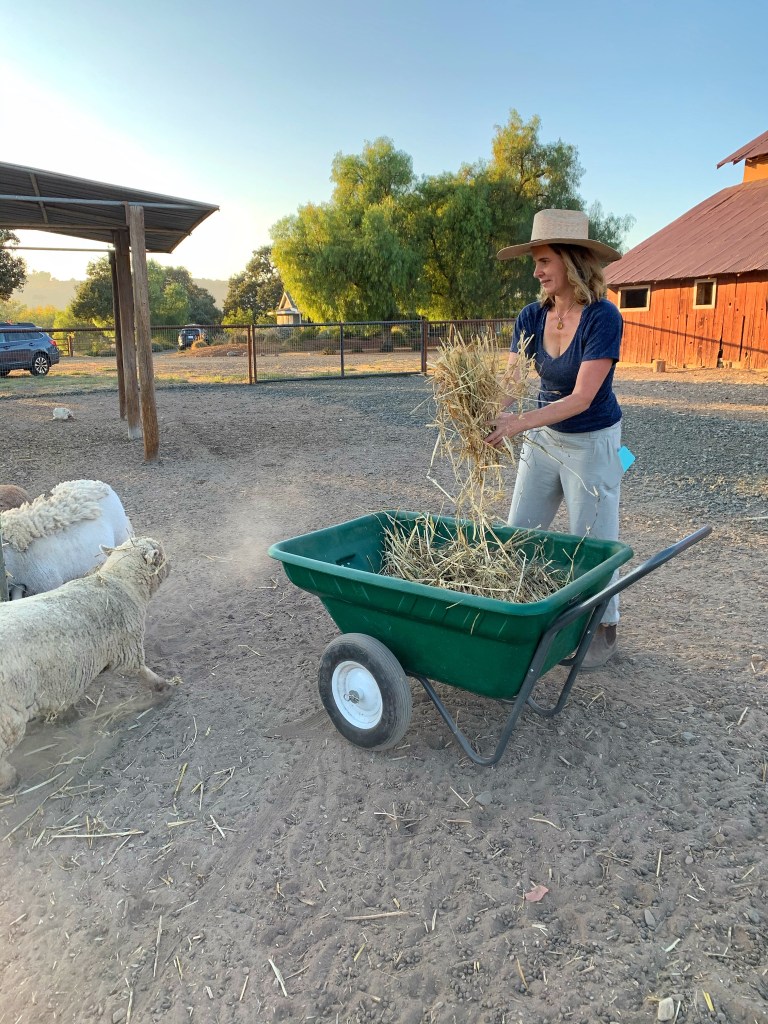
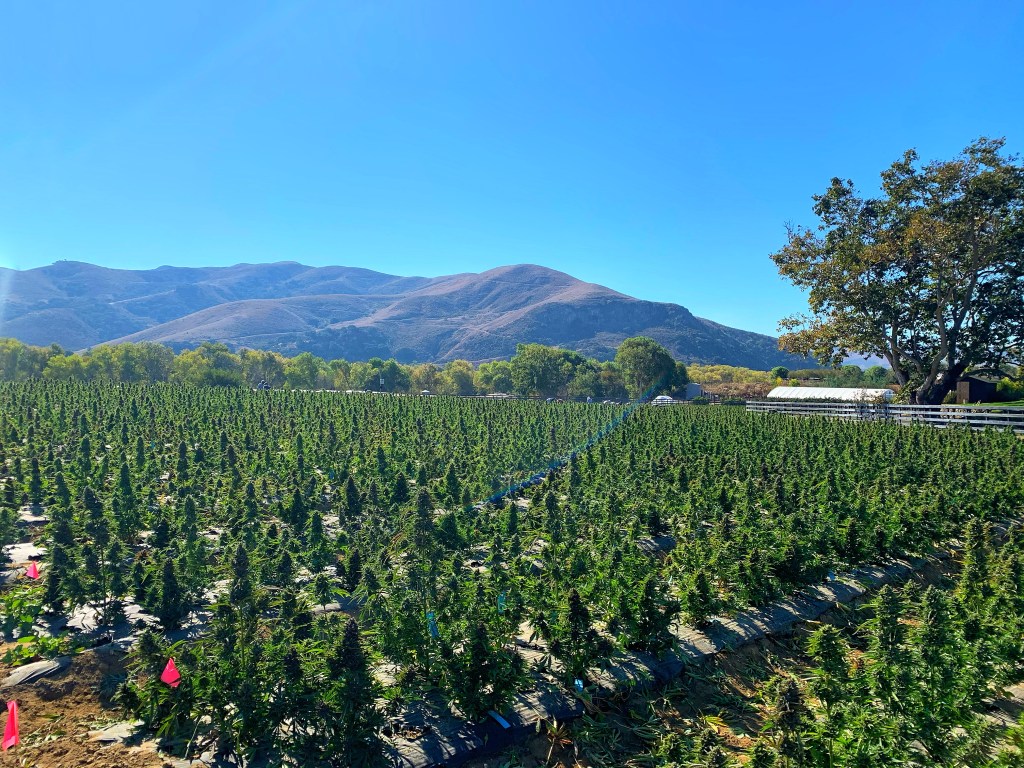
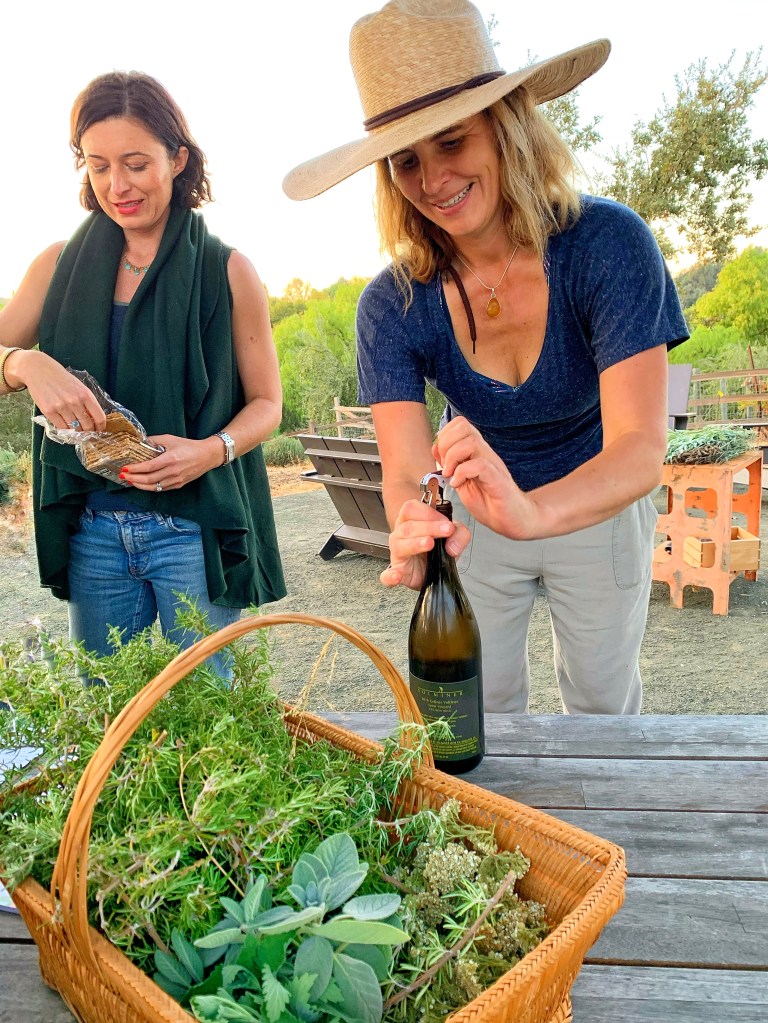
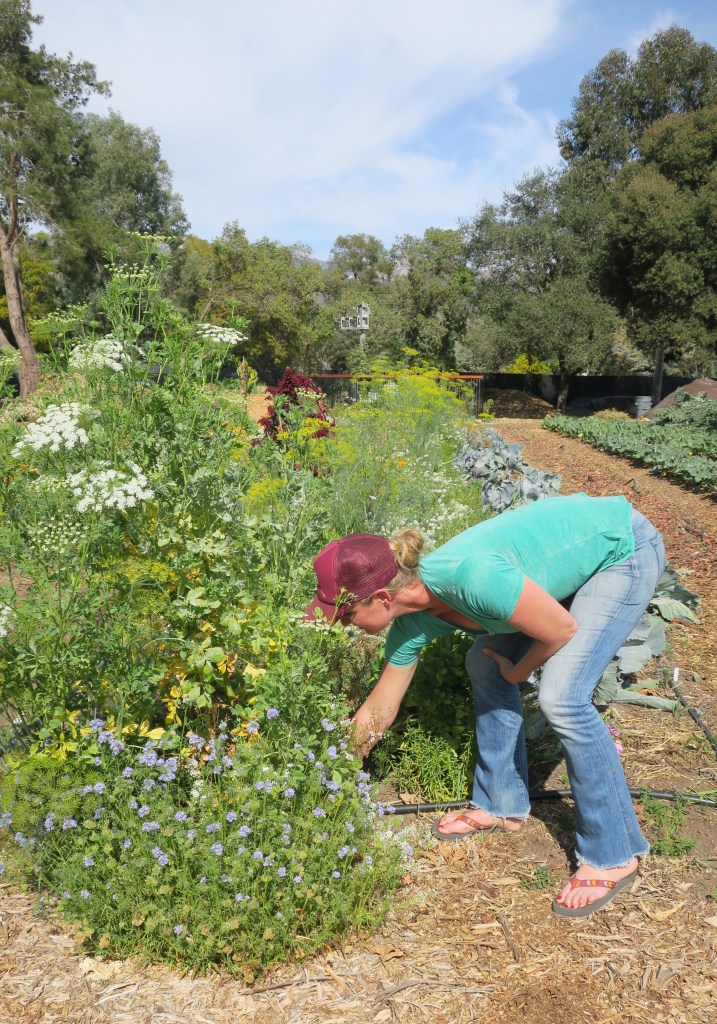
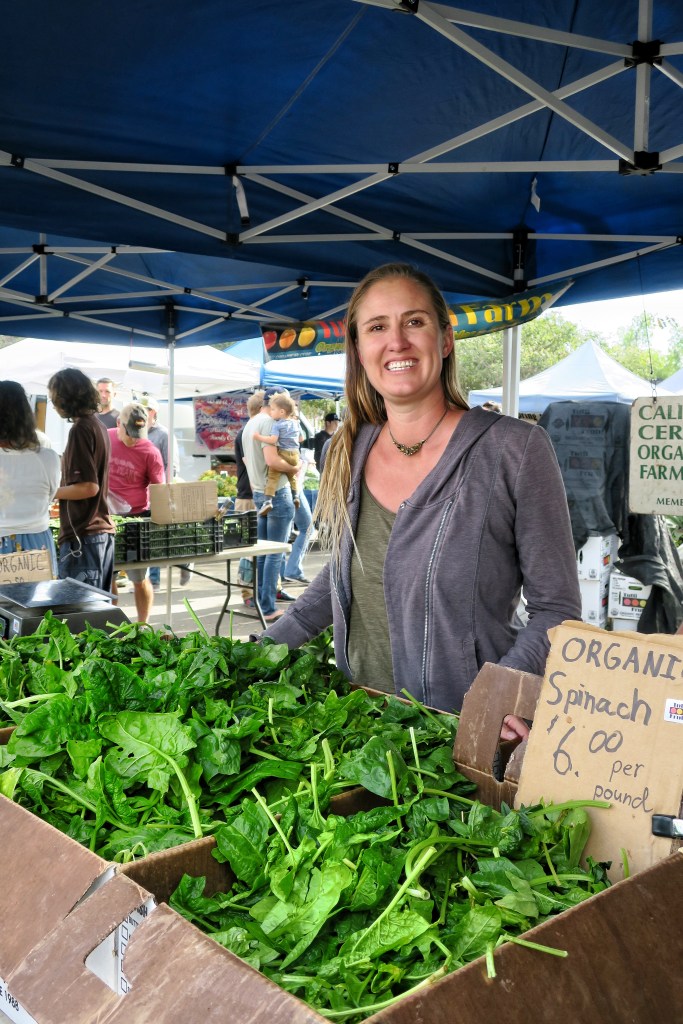
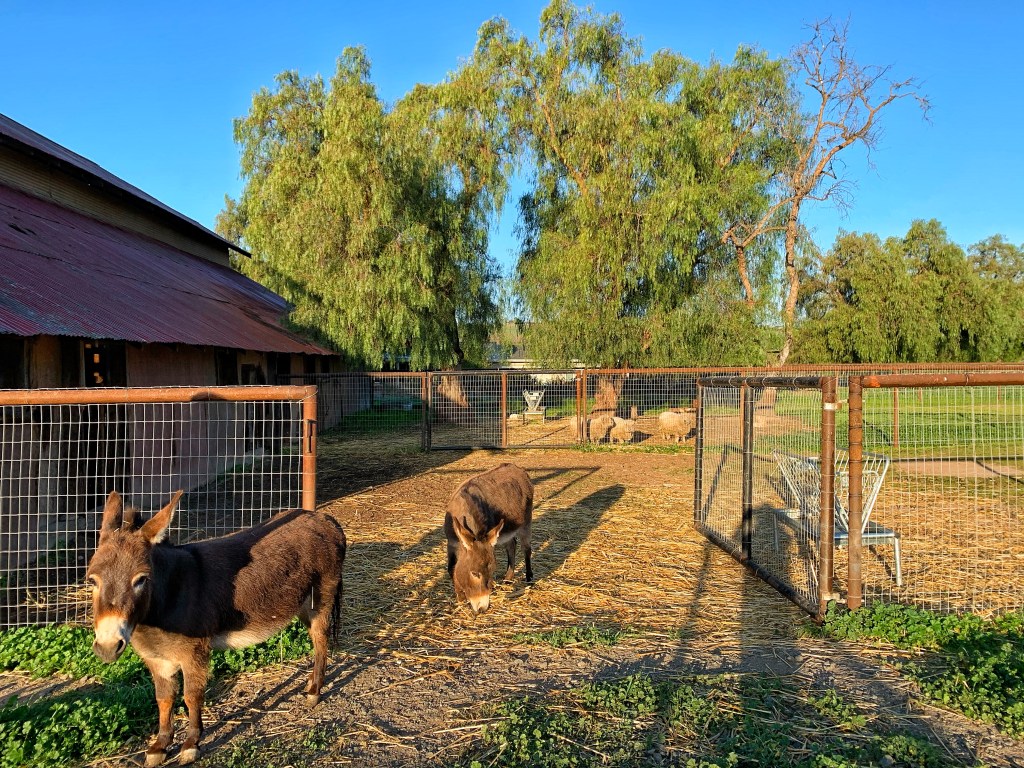
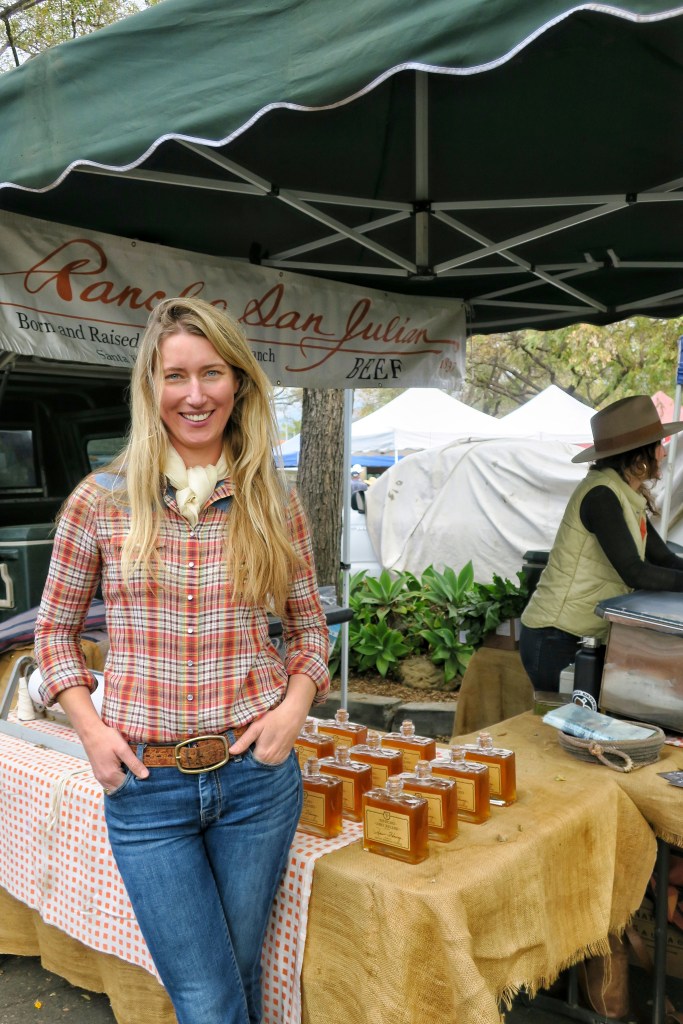
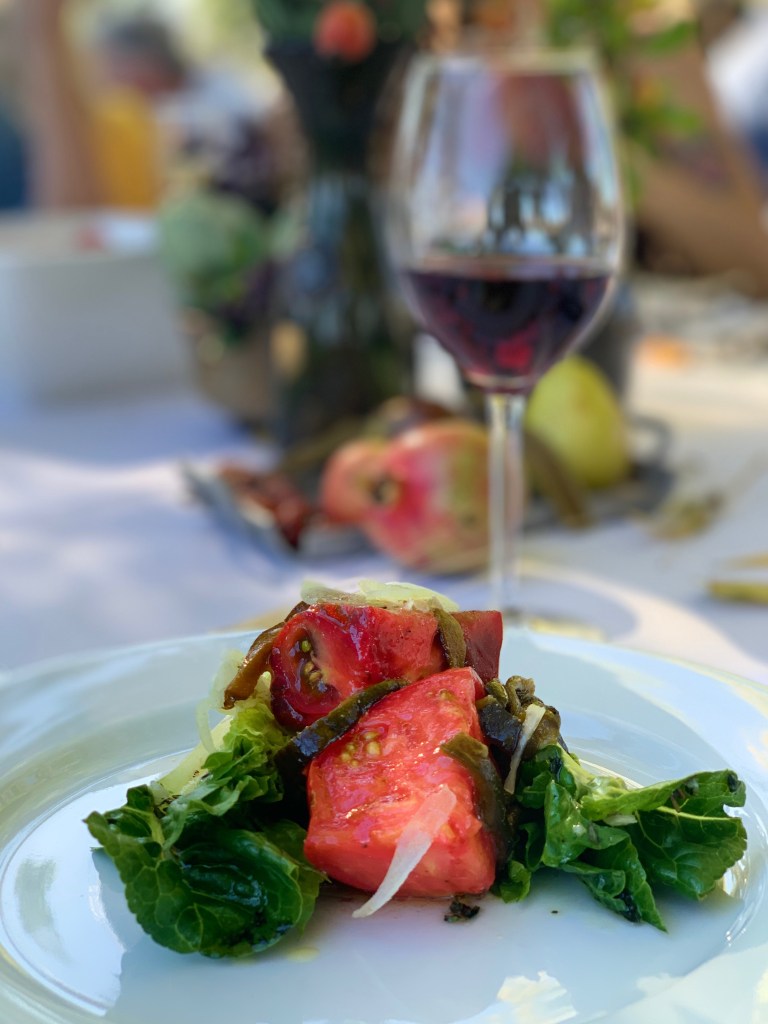
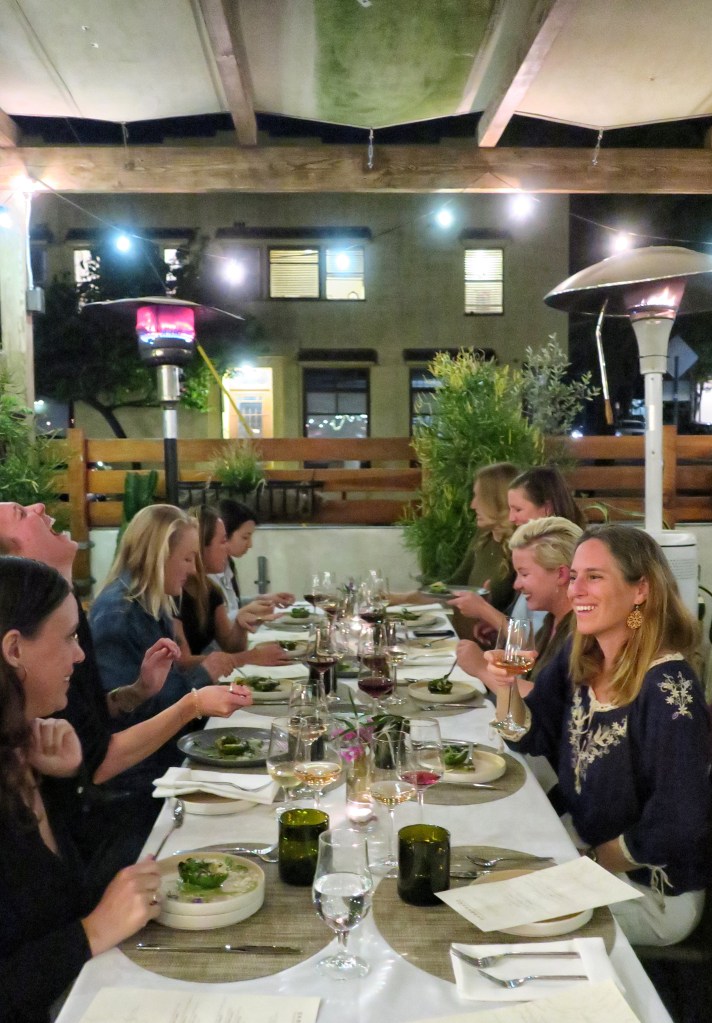
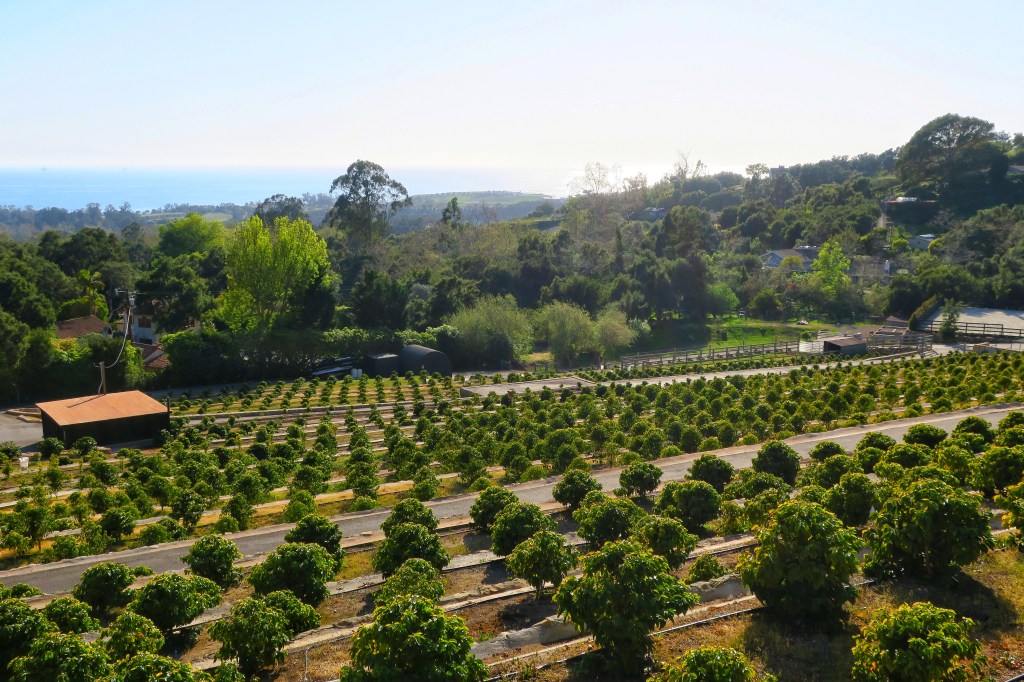
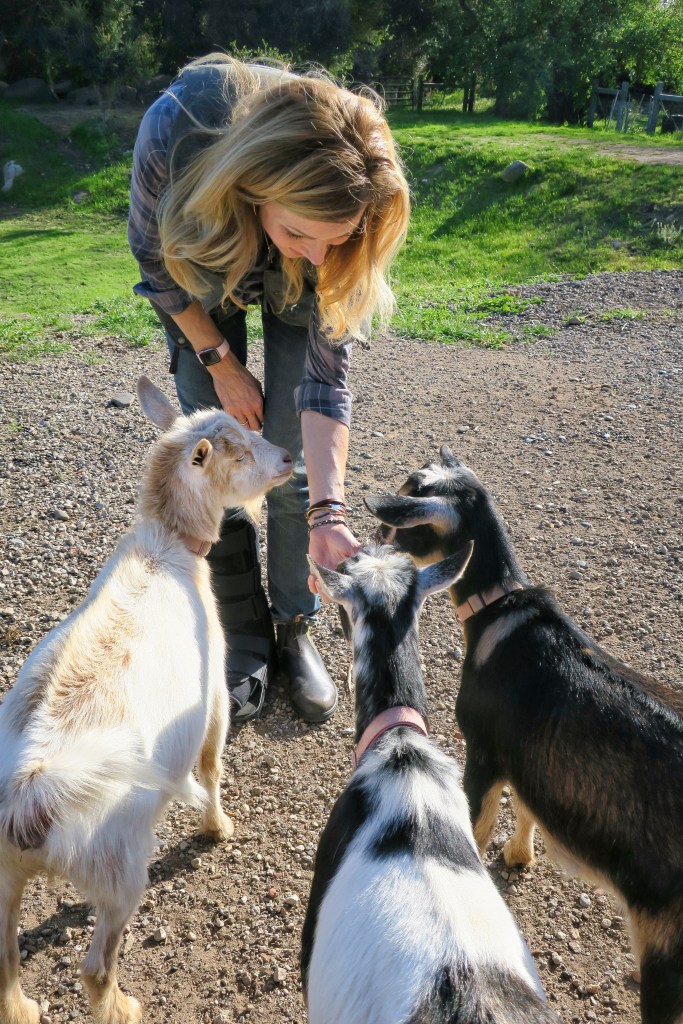
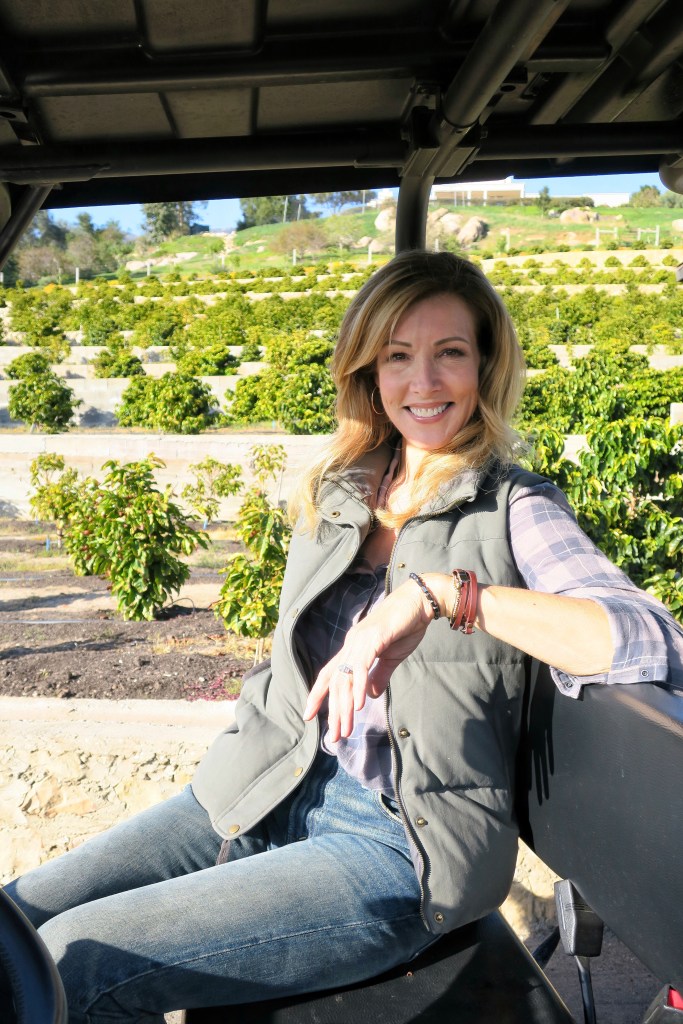
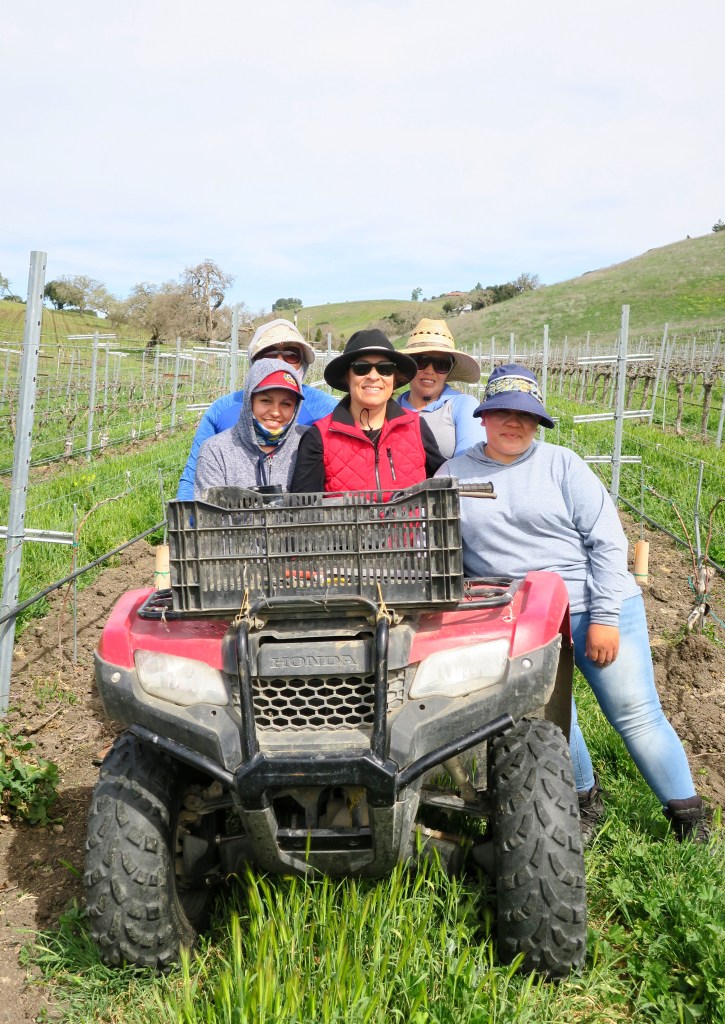
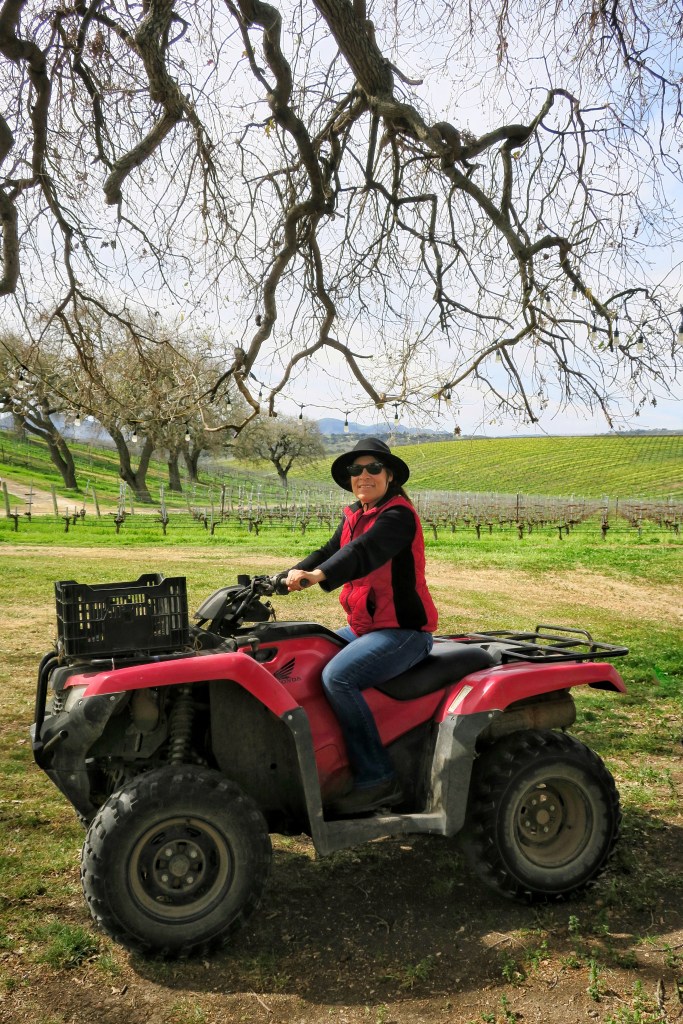
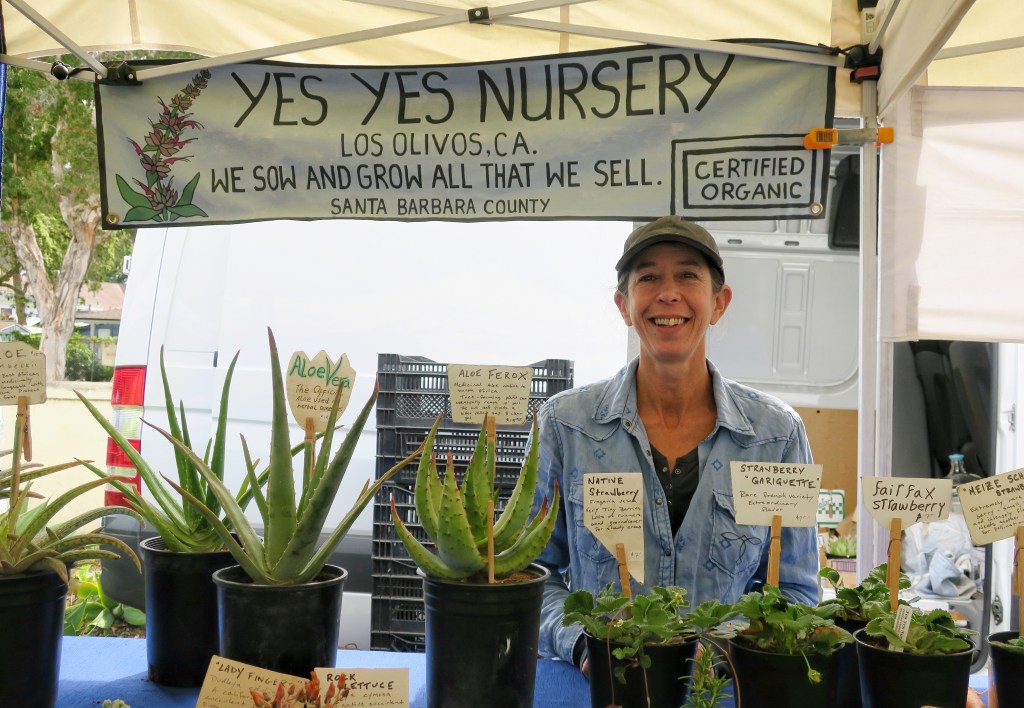
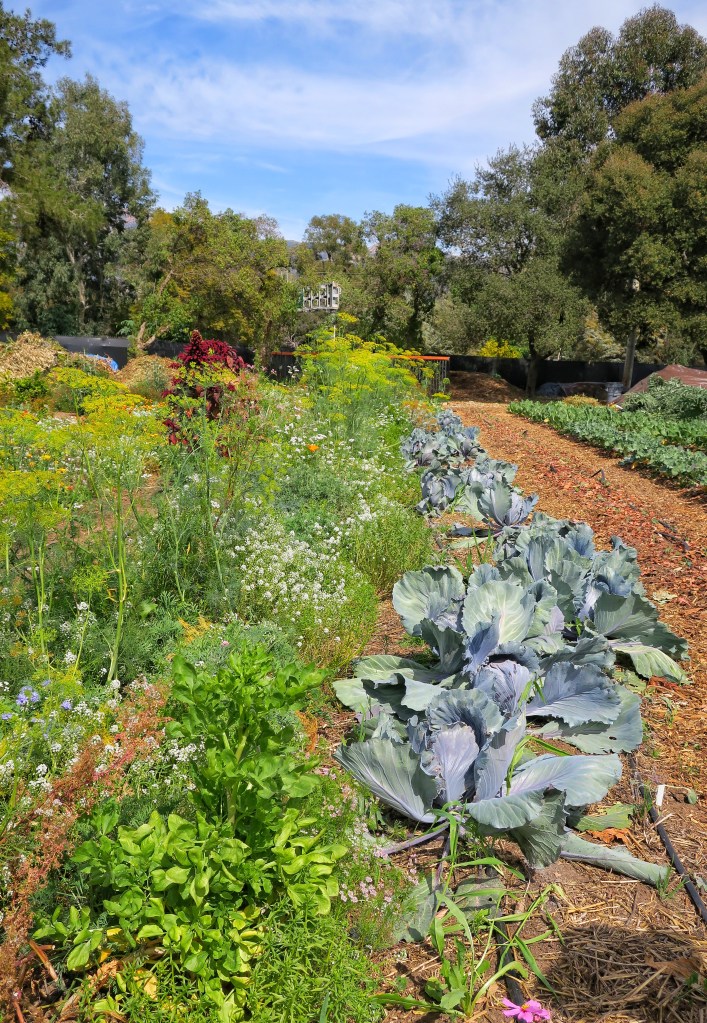

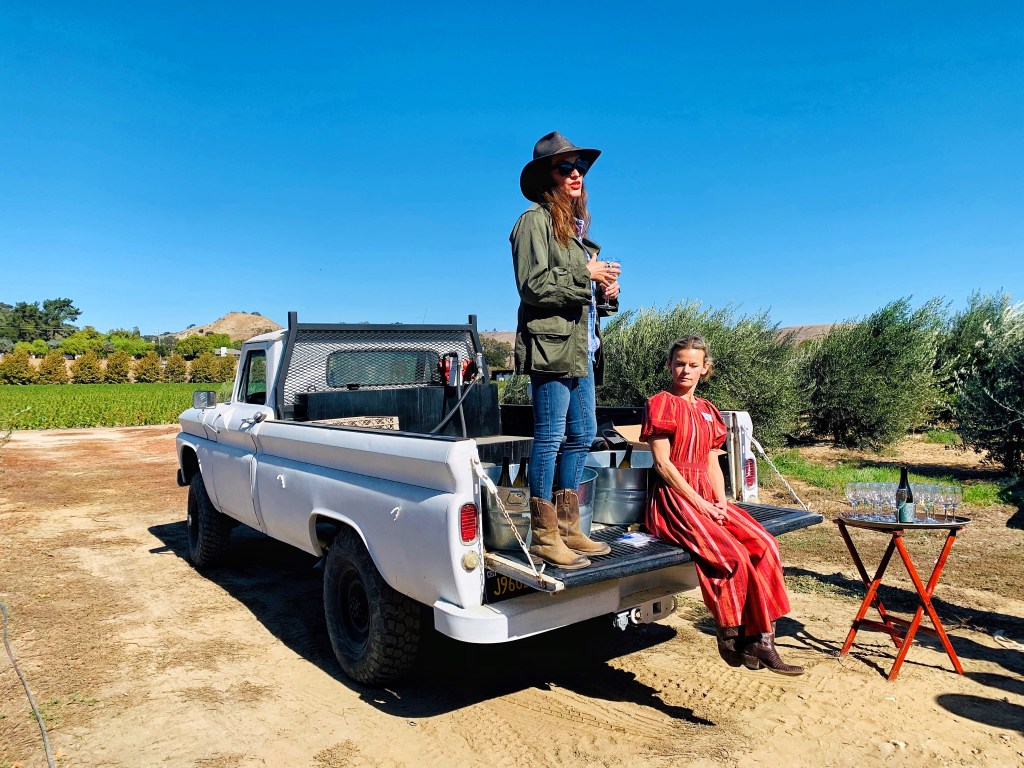
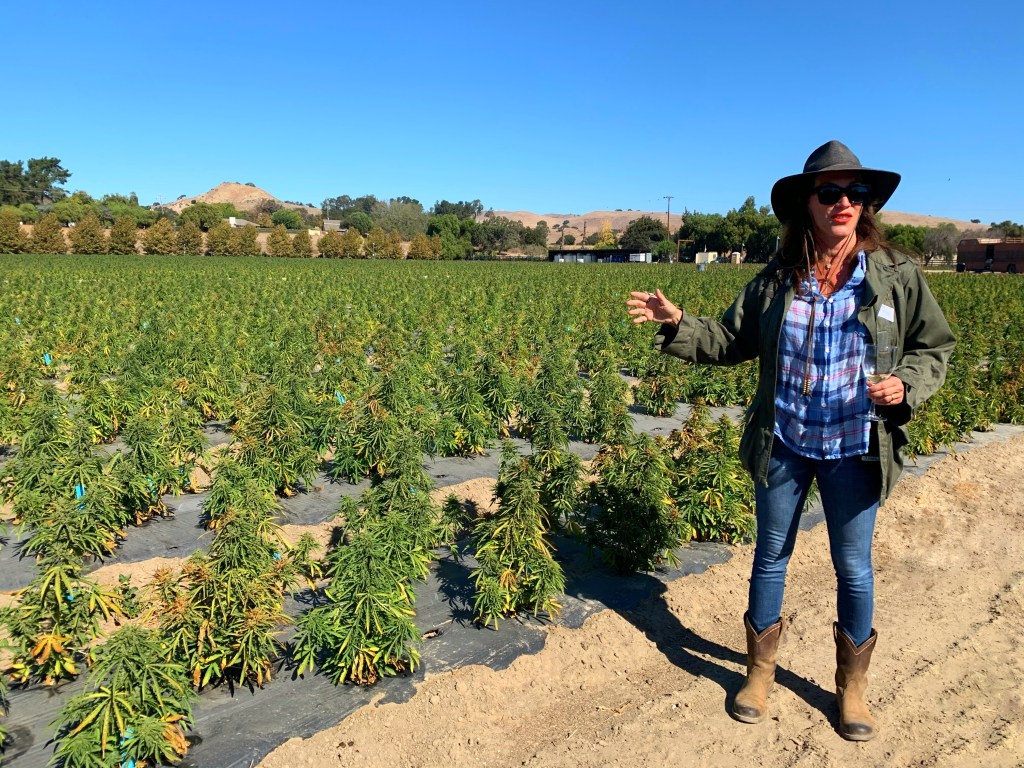
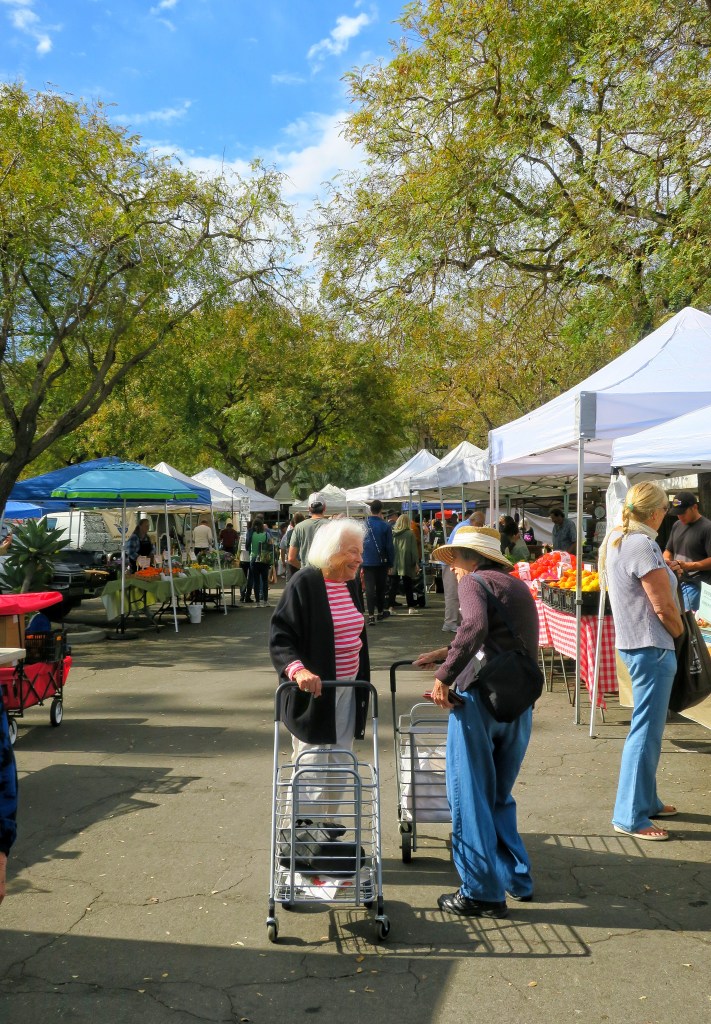
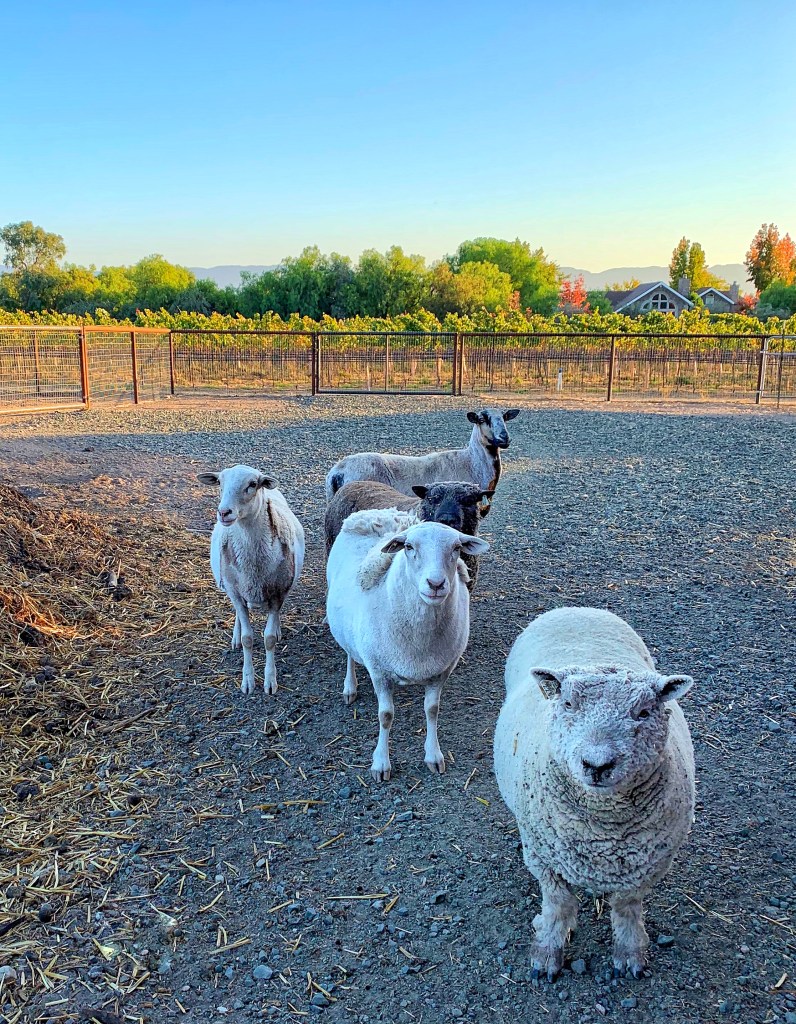
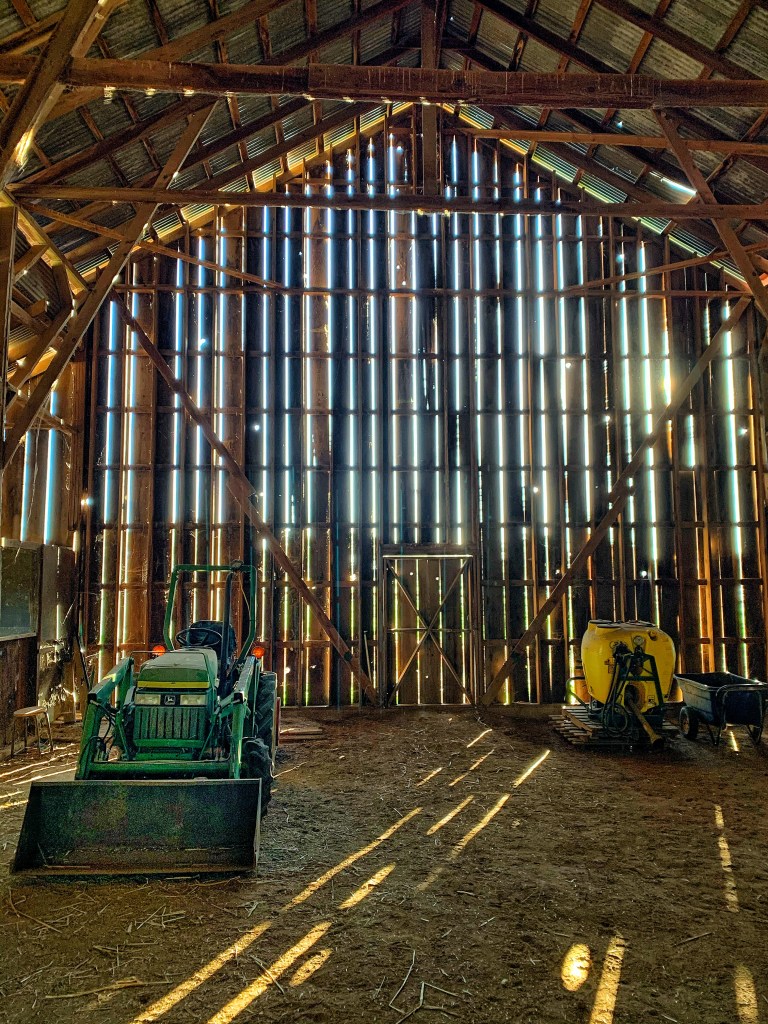
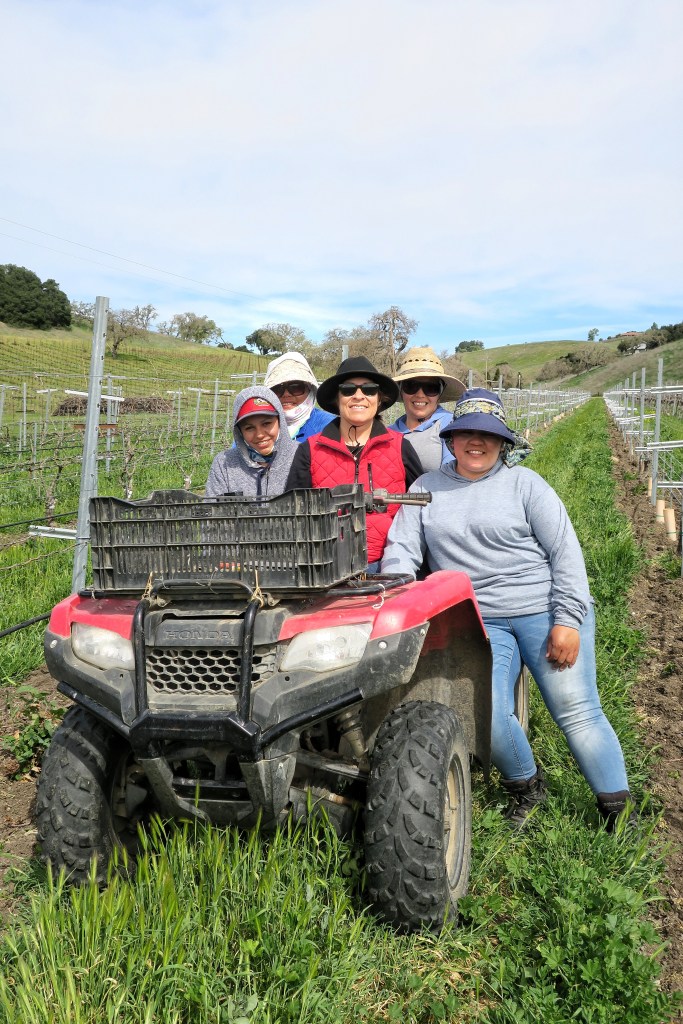

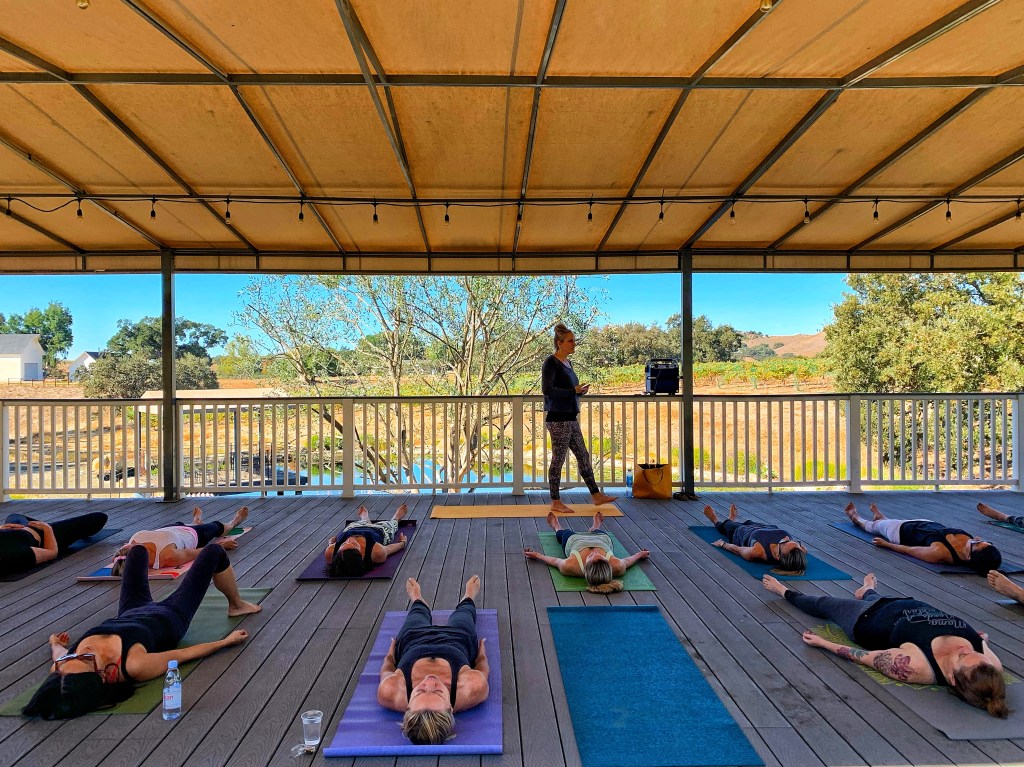



You must be logged in to post a comment.